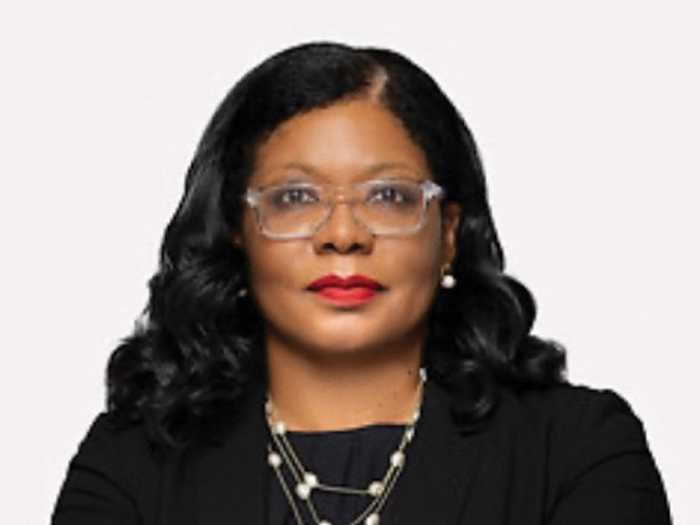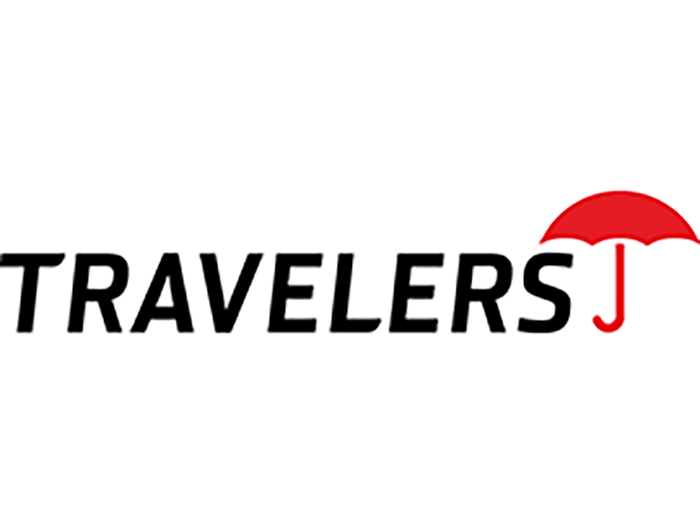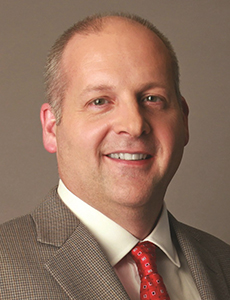This Is What Happens When a Risk Manager Goes on Vacation
While on assignment in Paris in 2018, I made an appointment at Lloyd’s of London and decided to take the Eurostar train through the “Chunnel” to London.
At the train station in Paris, I exchanged money. After boarding the train, I found that I gave $100 (U.S.) for the equivalent of $65 in pounds sterling.
The currency desk did not exchange dollars directly into sterling. It exchanged dollars for Euros and Euros for pounds sterling — an 18% commission on each conversion.
I would pay more attention when we planned a recent trip. I would ignore the advice everyone gave us. “You’re driving thousands of miles on a vacation celebrating many (too many?) years of marriage. Forget about risk management. Enjoy yourselves.”
Doreen and I started in Connecticut and drove across Canada. We covered 7,200 miles (11,500 kilometers) in 27 days.
Risk management started with crossing the border. Once upon a time, a driver’s license was the only identification a U.S. citizen needed. That’s still the case, according to our travel brochure.
The story is actually a little scarier. An American can leave easily enough. To get back into the U.S., you need an “enhanced” driver’s license or proof of birth. Do you even know whether your license is “enhanced?”
A related risk. If your car breaks down or a family emergency forces you to decide to fly home, forget about it. By air, you need a passport to re-enter the U.S.
I had my passport. Doreen had only a passport card. If an emergency arose that would force us to fly back, I would have to leave her in Canada. We did not know about that possibility in advance.
The next risk involved our original goal: We would drive to Alaska, a round-trip journey of some 9,000 miles. It requires crossing the Yukon, a territory of 35,000 residents encompassing 200,000 square miles.
Somewhere on the trans-Canadian highway between entering Manitoba and leaving Saskatchewan — two provinces with a total population of 2.5 million — we passed a sign that said something like “last gas for 150 kilometers.” That’s about 90 miles.
With our gauge reading one-quarter tank of gasoline, we made a U-turn, filled the tank, and took off for a two-hour drive, in which we saw no gas stations and few buildings, people or other vehicles on the road.
Change of plans. We’re not going to drive across the empty Yukon.
As we drove to our new destination of Vancouver, we found ourselves in a continuous process of risk management. Remembering my experience at the Paris train station, I would do some research.
Using a Visa or American Express credit card, we charged all purchases in Canadian dollars and compared the prices with the U.S. dollar conversion rates.
Expecting to expose wrongdoing, it was nonexistent on almost all transactions for hotels, food and gasoline. In a few cases, a fee was charged for a room or ferry, but otherwise no hidden charges as the Canadian dollar converted at 76 cents U.S.
A different risk was an unexpected surprise; most reservations were made by direct contact with each hotel — by Internet or by telephone call. Three reservations were made in Canadian dollars through a third party.
Subsequently, a check of credit card charges showed $343.69 by Orbitz and $378.52 by Marriott for the same room on the same night. The difference in amounts billed occurred because the hotel added parking.
The charges were shown as Orbitz and Marriott but no other identification on the Chase bank statement. The duplicate bill was further masked, because the hotel receipts were in Canadian dollars while the bank displayed the transactions only in U.S. dollars.
We can only wonder why the U.S. and Canada do not follow the model of the European Union and adopt a single “dollar” currency. A dollar bill could have George Washington on one side and Queen Elizabeth on the other.
It took more than an hour to figure out what happened. Risk management paid off. After a telephone call, Marriott reversed its charge and all is well.
Things could be better. We can only wonder why the U.S. and Canada do not follow the model of the European Union and adopt a single “dollar” currency. A dollar bill could have George Washington on one side and Queen Elizabeth on the other.
The common currency would present one minor problem: The Canadians do not have a dollar bill. Instead, they use $1 and $2 coins, colloquially “loonies” and “toonies,” respectively. This would have to be resolved.
It may not be easy. Americans might resist describing money as “looney,” with a dictionary definition of being “insane or senselessly foolish.”
I’m not sure what they would make of a $2 coin called a toonie. &










